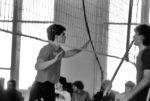Photo credit: Arthur Barrett
1980s Volleyball Diplomacy, and MIR’s Beginning
In the mid-1980s I was a young athlete who loved to play volleyball, a sport that had been my passion since age six. For years I had a dream to one day play the Soviets – best in the world – in a volleyball match. It seemed impossible because the U.S. and U.S.S.R. were still pointing missiles at each other, ideological competition pitched capitalism against communism, and many truly believed the Soviet Union was the “Evil Empire.”
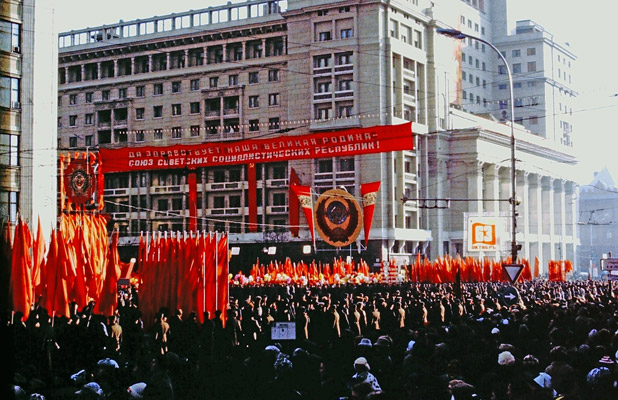
I thought differently. After all, in the 1970s a game of ping-pong between the U.S. and China helped thaw relations between our two nations, an event history books dubbed “ping-pong diplomacy.” Why not “volleyball diplomacy?” Sports have a way of melting political tensions, cultivating conversations, and forging friendships.
Making New Friends and Realizing a Dream
It was my good fortune that a team of Soviet Olympic volleyball players came to Seattle, my hometown, in 1985 for an exhibition match – setting a U.S. record at Seattle’s Kingdome for volleyball attendance. My father, Stanley Grimes – a volleyball legend in his own right – and I had experience organizing and helping with the logistics and set-up of matches for our city’s professional volleyball team, the Seattle Smashers. Because of that experience, we were asked if we wanted to help with this unprecedented volleyball exhibition match between the U.S. and U.S.S.R., and of course we said yes!
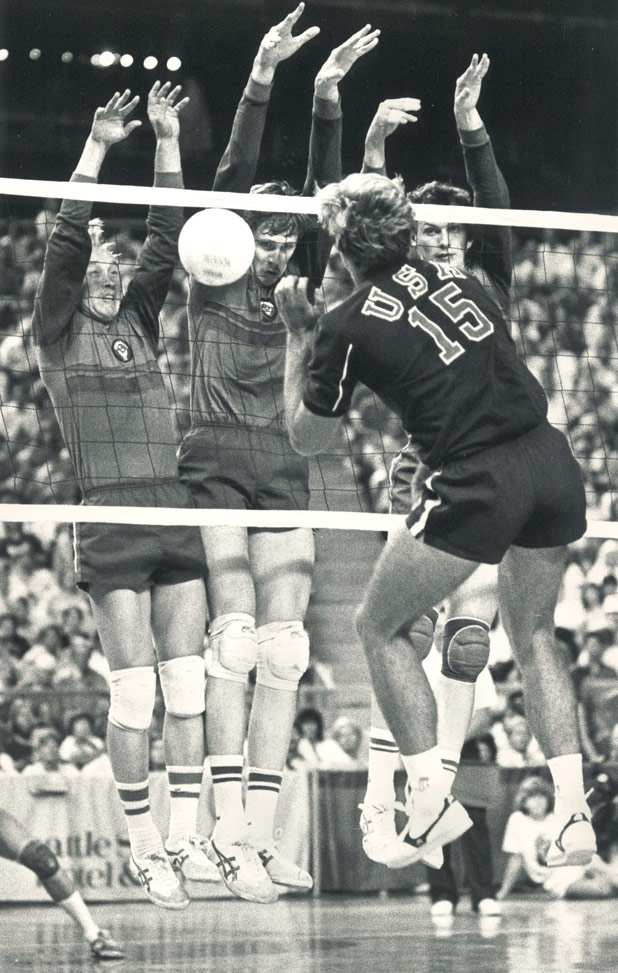
My father and I assisted with the logistics, such as setting up the courts and equipment for the event. As we worked, I easily made friends with the Soviet players on the court. I took this once-in-a-lifetime opportunity with an open mind and open heart, and after the game I invited the players out on the town.
Four or five of the players and coaching staff joined me, and we had drinks and just talked. I asked so many questions of them, and they of me. I wasn’t afraid or nervous; these were my brethren volleyball players, and I looked up to them as Olympians with a great deal of admiration. This was the moment I had dreamed of since I was so very young.
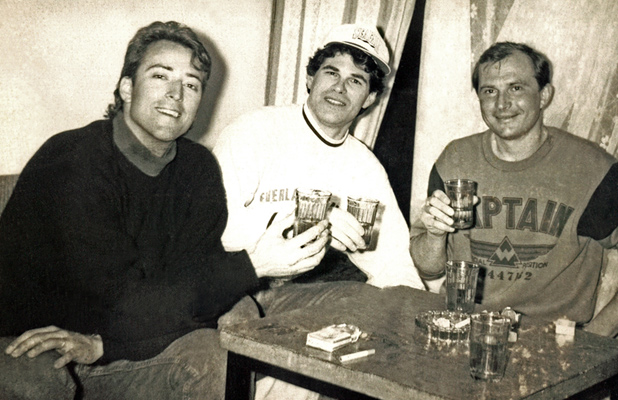
At some point the assistant Soviet volleyball coach asked if I wanted to organize an amateur goodwill volleyball exchange to the U.S.S.R. I said, “Absolutely!” That decision became a pioneering milestone in my life, and in my career. I don’t remember if we shook hands on it, but we did seal the deal with a shot of vodka.
Our Citizen Exchange and Making Volleyball History
Two or three months later we got a Western Union telex from the Soviets giving us the green light. It took all of 1986 to set things up, first by putting a little ad in Volleyball Magazine that said “Volleyball for Peace” and then a phone number for our citizen exchange. That’s how we got most of the team. Some were locals from Seattle, others from around the country – a core group that was truly committed to this goodwill tour.
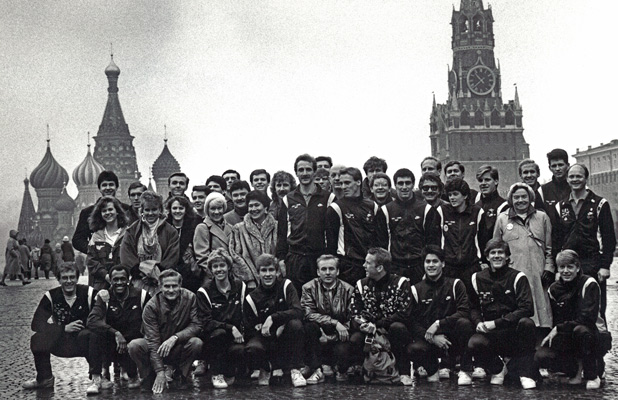
In 1987, our U.S. goodwill volleyball team played Soviet teams in city after city, from Moscow and Odessa to Volgograd and Leningrad (now St. Petersburg). My highest reward was meeting so many Russians and being invited into their homes at a time when it wasn’t easy to do – even risky.
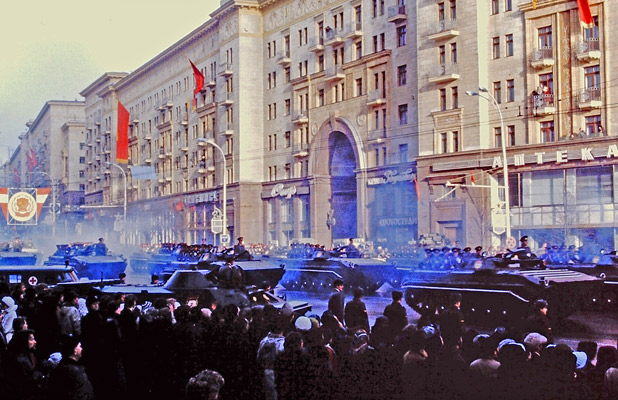
Although Mikhail Gorbachev was in charge and restructuring (perestroika) and openness (glasnost) were unfolding, communism still ruled and it was still the U.S.S.R. Keep in mind that Tina Turner, Van Halen, Black Sabbath, and even Julio Iglesias were still banned from Soviet airwaves!
The second part of the exchange was terrific; in 1988 we hosted Soviet volleyball players in the United States, touring New York, Tucson, Los Angeles, and ending in Seattle.
(click image to view larger photo)
When friends back in Seattle learned of our successful goodwill volleyball tour to the Soviet Union, they wanted to visit the U.S.S.R. as well, asking us to arrange visas and travel itineraries for them. So, we did. This was a major part of the serendipitous beginning of MIR Corporation and led to a multitude of “citizen exchanges” between Soviets and Americans, including medical professionals, lawyers, agricultural experts, and of course athletes.
Logistical Expertise and Changing Hearts and Minds
The heart of what MIR did in the beginning, and still does today, is our logistical expertise – we’ve got a definite knack for cutting through red tape, handling visas, managing tricky border crossings, and devising complex itineraries. We create challenging and personalized journeys – journeys that can change hearts and minds and transform lives through one-on-one encounters and conversations.
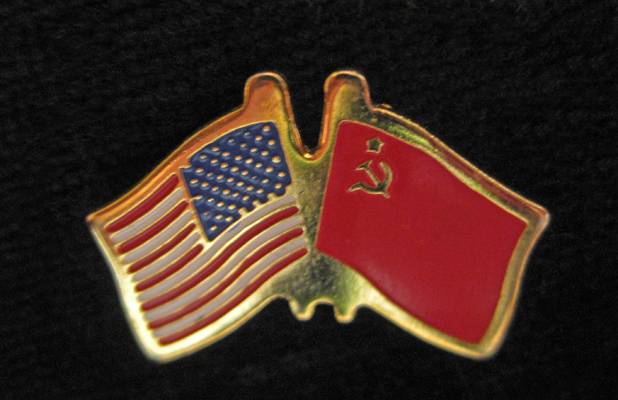
The fact that “MIR” means both “world” and “peace” in Russian has special significance to me. I can’t help but think mir is what you get when you throw travel into the mix of international relations and politics, in ways as simple as my team’s volleyball diplomacy, circa 1980s. Travel truly opens our hearts and minds.
More on “MIR’s 30+ Years”
Want to find out more about MIR’s beginnings and hear some unparalleled travel stories?
Learn more about “MIR’s 30+ Years” of travel experiences and adventures.
Contact us today to chat about your travel dreams.
